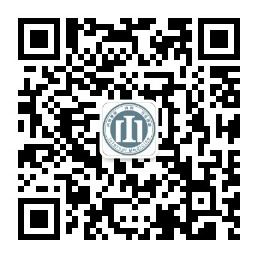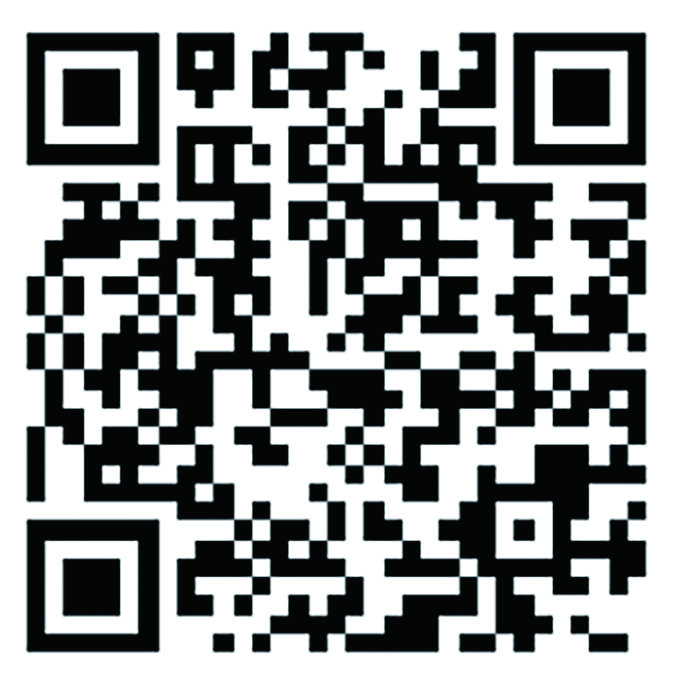目的 探究基于自我决定理论(SDT)的电话招募沟通策略对保留无偿献血者的效果,以及无偿献血者再次献血的影响因素。方法 选取13 965名无偿献血者为研究对象,按性别、年龄、最近一次献血量等因素进行分层,使用随机数生成器将其分为研究组(7 061人)和对照组(6 904人)。研究组采用基于SDT的电话招募沟通策略,对照组采用传统电话招募沟通策略。以再次献血率为主要结局指标,采用意向性治疗(ITT)分析、按方案(PP)分析探究基于SDT的电话招募沟通策略保留无偿献血者的效果。采用单因素分析和多因素logistic回归模型,探究再次献血的独立影响因素。结果 ITT分析结果显示,研究组再次献血率高于对照组(P<0.05);PP分析结果显示,在成功接听电话的献血者中,接受基于SDT的电话招募沟通策略者的再次献血率较接受传统电话招募沟通策略者高4个百分点(P<0.05)。单因素分析结果显示,不同电话招募沟通策略、通话情况、性别、年龄、最近一次全血献血量的献血者,再次献血率差异均有统计学意义(均P<0.05)。多因素logistic回归分析结果显示,电话招募沟通策略、通话情况、年龄、最近一次全血献血量均为献血者是否再次献血的独立影响因素(均P<0.05)。结论 运用基于SDT的电话招募沟通策略,可提高献血者的再次献血率,电话招募沟通策略、通话情况、年龄、最近一次全血献血量均为无偿献血者是否再次献血的独立影响因素。
内科 页码:379-385
作者机构:广州血液中心,广东省广州市 510095
基金信息:广州市医学重点学科(2025-2027);广州市科技计划项目(2024A03J0376)
- 中文简介
- 英文简介
- 参考文献
Objective To explore the effectiveness of telephone recruitment communication strategies based on Self-Determination Theory (SDT) in retaining unpaid blood donors and to analyze the influencing factors for their re-donation. Methods A total of 13,965 unpaid blood donors were selected as study subjects and, after stratification by gender, age, and most recent blood donation volume, were randomly divided into a study group (n=7,061) or a control group (n=6,904) using a random number generator. The study group received SDT-based telephone recruitment communication strategies, while the control group received traditional telephone recruitment communication strategies. The primary outcome was the re-donation rate, which was evaluated using both intention-to-treat (ITT) and per-protocol (PP) analyses to evaluate the effectiveness of the SDT-based telephone recruitment communication strategies in retaining unpaid blood donors. Univariate analysis and multivariate logistic regression model were used to identify independent influencing factors for re-donation. Results ITT analysis results showed that the re-donation rate in the study group was higher than that in the control group (P<0.05); PP analysis results indicated that among donors who successfully answered the phone, those who received SDT-based telephone recruitment communication strategies had a re-donation rate 4 percentage points higher than those who received traditional telephone recruitment communication strategies (P<0.05). Univariate analysis results revealed statistically significant differences in re-donation rates among donors who received various telephone recruitment communication strategies and those with different call outcomes, gender, age, and most recent whole blood donation volume (all P<0.05). Multivariate logistic regression analysis results showed that telephone recruitment communication strategies, call outcomes, age, and most recent whole blood donation volume were independent influencing factors for unpaid blood donors' re-donation (all P<0.05). Conclusions The application of SDT-based telephone recruitment communication strategies can increase the re-donation rate among blood donors, and telephone recruitment communication strategies, call outcomes, age, and most recent whole blood donation volume are independent influencing factors for their re-donation.
-
无




 注册
注册 忘记密码
忘记密码 忘记用户名
忘记用户名 专家账号密码找回
专家账号密码找回 下载
下载 收藏
收藏
